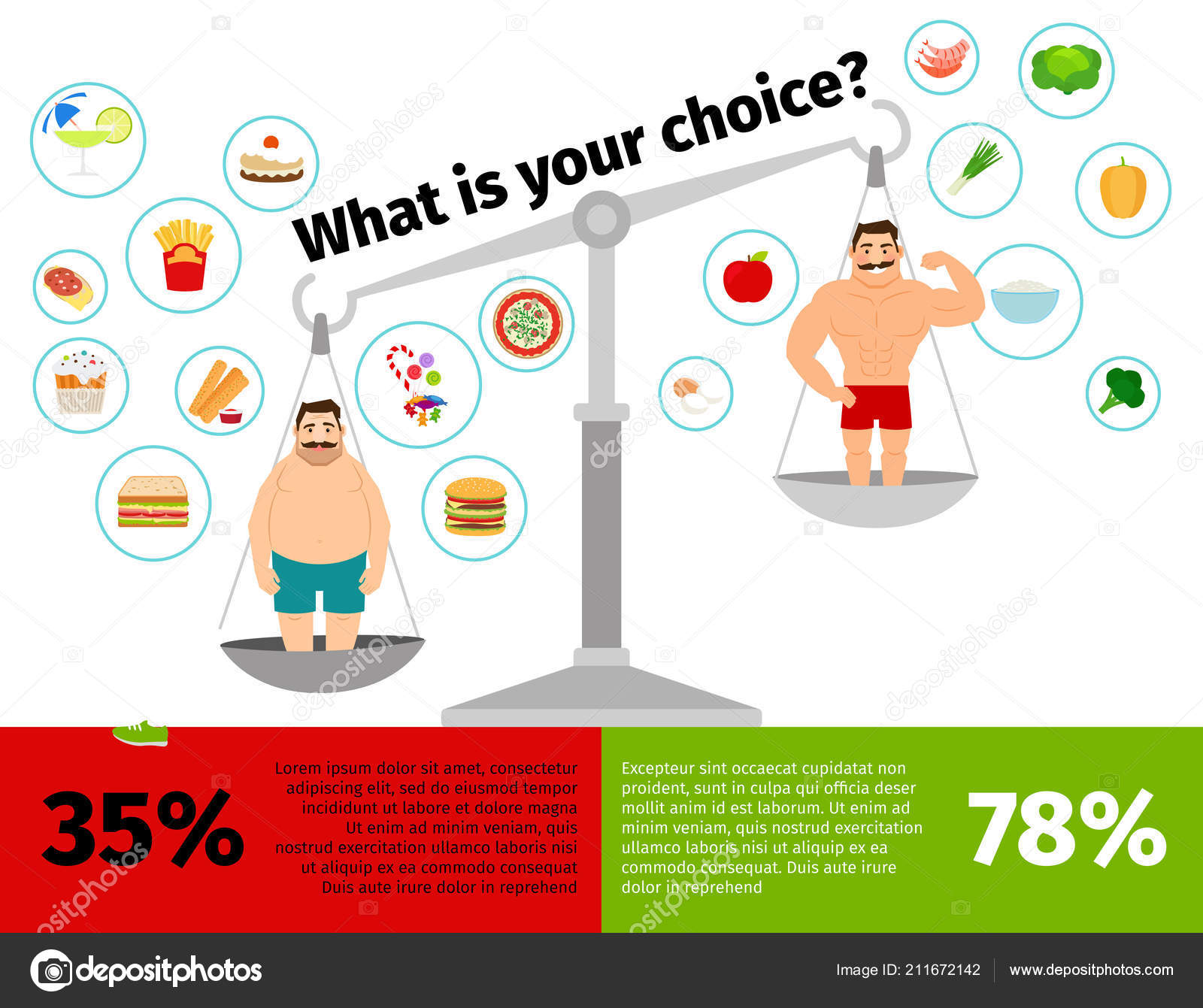Cold Laser Therapy Before And After Images Revealed
Cold Laser Therapy Before And After Images Revealed
Blog Article
Scientific Research Study on the Efficacy of Cold Laser Technique
Cold laser treatment is a useful device to aid in pain management and the healing procedure. It is usually made use of in sporting activities medication, dermatology and acupuncture.
Cold lasers permeate deep into tissues and promote chemical changes without warming them. They reduce swelling and swelling, speed cellular task and accelerate recovery.
Academic Background
Unlike the high-intensity lasers that surgeons use to cut through cells, cold laser treatment uses light-emitting diodes to penetrate into your skin and advertise healing. As these photons reach damaged cells, they initiate a chain reaction that increases your cells' manufacturing of enzymes and increases your body's all-natural recovery procedures.
The photons likewise decrease pain through the manufacturing of endorphins and raise your body's capacity to drain pipes inflamed areas by inducing vasodilation (the expansion of capillary). Therefore, it aids you recuperate from musculoskeletal injuries and pain quicker.
Many individuals have actually read about cool laser therapy from their physiotherapist, chiropractic doctor or medical professional and may be wondering how it functions. Unlike a lot of laser gadgets utilized in the medical area, which really warm up cells, our modern equipment releases cold laser beam that do not create any kind of heating of your tissues. This enables your body to receive the healing advantages without activating any kind of side effects.
Scientific Tests
Cold laser treatment is often advised as a therapy choice for individuals that have bone and joint pain and injuries. It can be used to decrease swelling, strengthen tissues and accelerate the body's all-natural recovery procedures.
Non-thermal photons of red and infrared laser radiation are soaked up by the light sensitive elements in cells and launch a boost in intracellular metabolic process that enhances cell reproduction, minimizes inflammation, eliminates edema and reduces recovery time.
Unlike the light that is produced by sunshine or common lights, laser light is parallel (all wavelengths traveling in the same direction), systematic and monochromatic. These residential or commercial properties allow laser power to pass through much deeper right into the cells.
A number of medical tests have shown that LLLT can be reliable in minimizing pain in the bone and joint system. However, more well-designed studies are required to examine the optimal settings for laser irradiation and to establish its effectiveness in certain problems, such as oral mucositis in cancer cells patients getting radiation treatment or radiotherapy, and wound recovery (consisting of diabetic person abscess following hammertoe surgical treatment). This Aetna policy bulletin does not deal with other uses LLLT, consisting of the therapy of various skin diseases.
Final thoughts
Unlike medical lasers that can damage lumps or coagulate tissue, cool laser treatment does not heat the body's cells. Instead, the light promotes your cells to generate adenosine triphosphate, which speeds up the repair work procedure of injured tissues.
Aetna thinks about low-level laser (LLL) treatment medically required for the avoidance of dental mucositis associated with cancer treatment (radiation treatment, radiation treatment, hematopoietic stem cell hair transplant) and non-cancer treatments (such as radiodermal injury, stop smoking laser therapy near me fibromyalgia). A number of research studies showed that LLT can be efficient in lowering PU signs and symptoms without adverse effects. However, differences in research study styles and laser dosimetry made contrast of the outcomes hard; RCTs with reduced threat of prejudice are needed. The use of a 660 nm wavelength and higher energy density seems more effective than the other researched laser wavelengths. This could be because the other wavelengths might promote inflammatory processes and trigger more side effects. The impact of the type of laser used is likewise important; the writers suggest that future research concentrate on examining different sorts of lasers and their doses to determine the ideal combination of laser specifications for PU prevention.
Suggestions
Cold laser treatment is utilized by dentists to treat swollen gum cells, medical professionals to ease discomfort caused by rheumatoid joint inflammation, and physiotherapists to speed the recovery of muscular tissue, tendon, and ligament injuries. Lots of clinical insurance coverage strategies cover this therapy.
Unlike warm lasers, which have a thermal impact on tissues, cold lasers (also called low-level lasers) boost the mobile energy of the skin. Photons from the laser light permeate into the cell, causing a collection of chemical changes that advertises regrowth and decreases inflammation.
In order to work, lasers should be properly arrangement and utilized. This is why it is not recommended to acquire a cheap non-prescription laser gadget and try to treat yourself in the house. A trained professional is called for to guarantee that the gadget is made use of correctly to lessen the threat of eye injury and maximize its efficiency. The laser tool should be adapted to the proper setting, intensity, regularity, and placement of the laser on the treatment area.